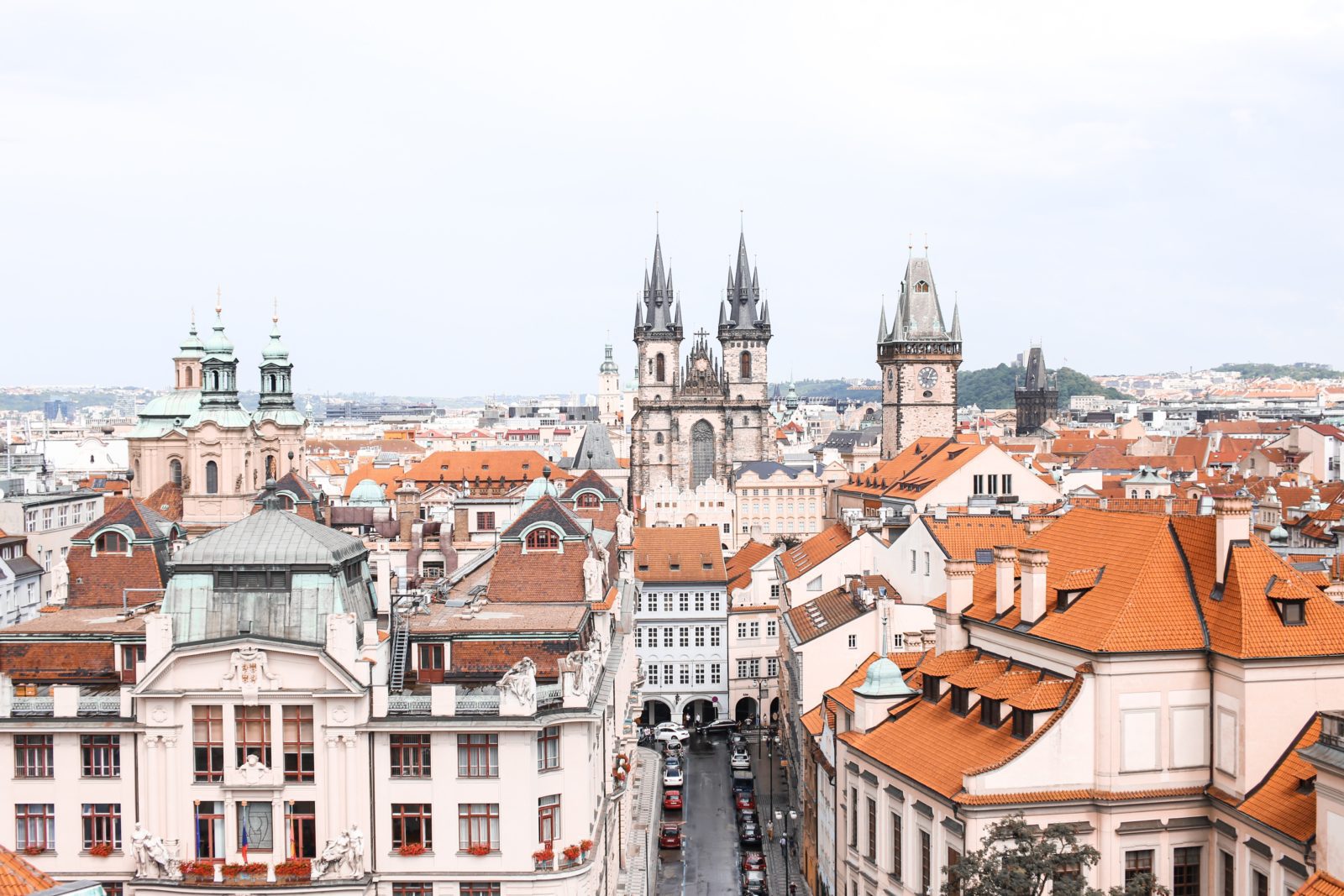More people are living in the capital city than the official census indicates. According to an analysis by the Institute of Planning and Development (IPR), there are about 300,000 more people in Prague instead of the official 1.3 million.
The institute determined the number of residents based on anonymous data from mobile phone operators. During the day, hundreds of thousands more people will arrive for work, said IPR director Ondřej Boháč.
“It turns out that there are about 1.6 million permanent residents in Prague, and if we include the residents of the Central Bohemian Region who commute to Prague daily for work, it is even 1.8 million people. However, only 1.3 million people have permanent residence here,” Boháč said.
Boháč said population growth means higher financial demands on the city, which must provide public transport, parking, apartments, doctors, and kindergartens, among other things.
“So even though infrastructure costs are logically rising, Prague is still losing out on tax revenues,” the director said.
The available data shows that although Prague’s population has been growing recently, this has not always been the case. For example, Prague experienced a population decline in the 1990s. In contrast, Prague’s most dynamic population growth was between 2003 and 2009 and between 2014 and 2019, a time of strong economic growth.
According to the Czech Statistical Office (ČSO), Prague had a population of approximately 1.28 million people as of December 31, 2021, an increase of 1.3 percent year on year. Last year, 15,993 people were added. The increase was primarily due to people moving to Prague.
The average age of Prague residents was the lowest in the country last year, at 41.4 years, 1.3 years younger than the national average. Among the inhabitants of Prague, the highest number of people had a university degree, and the highest number of foreigners lived in the metropolis.







ويمكنك ارسال هذه المستندات إلى خدمة
العملاء عبر البريد الإلكتروني.